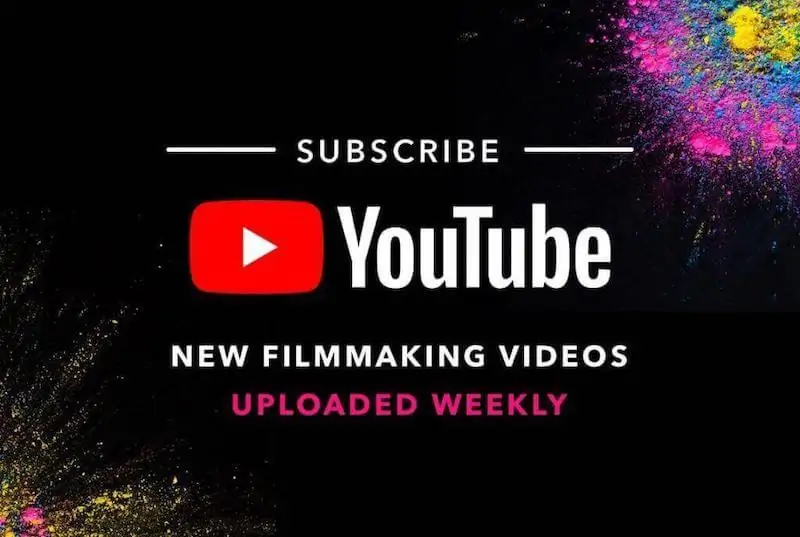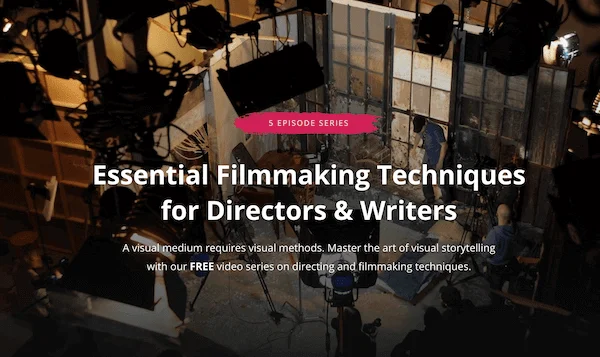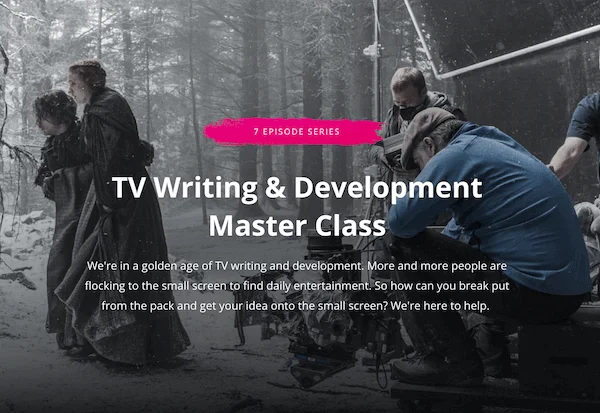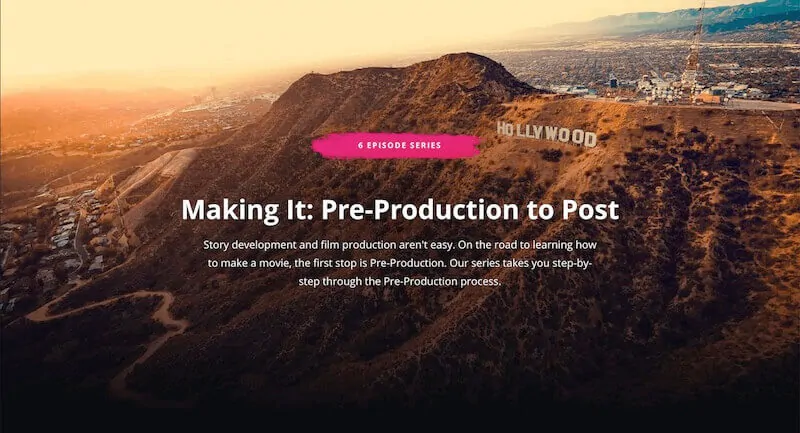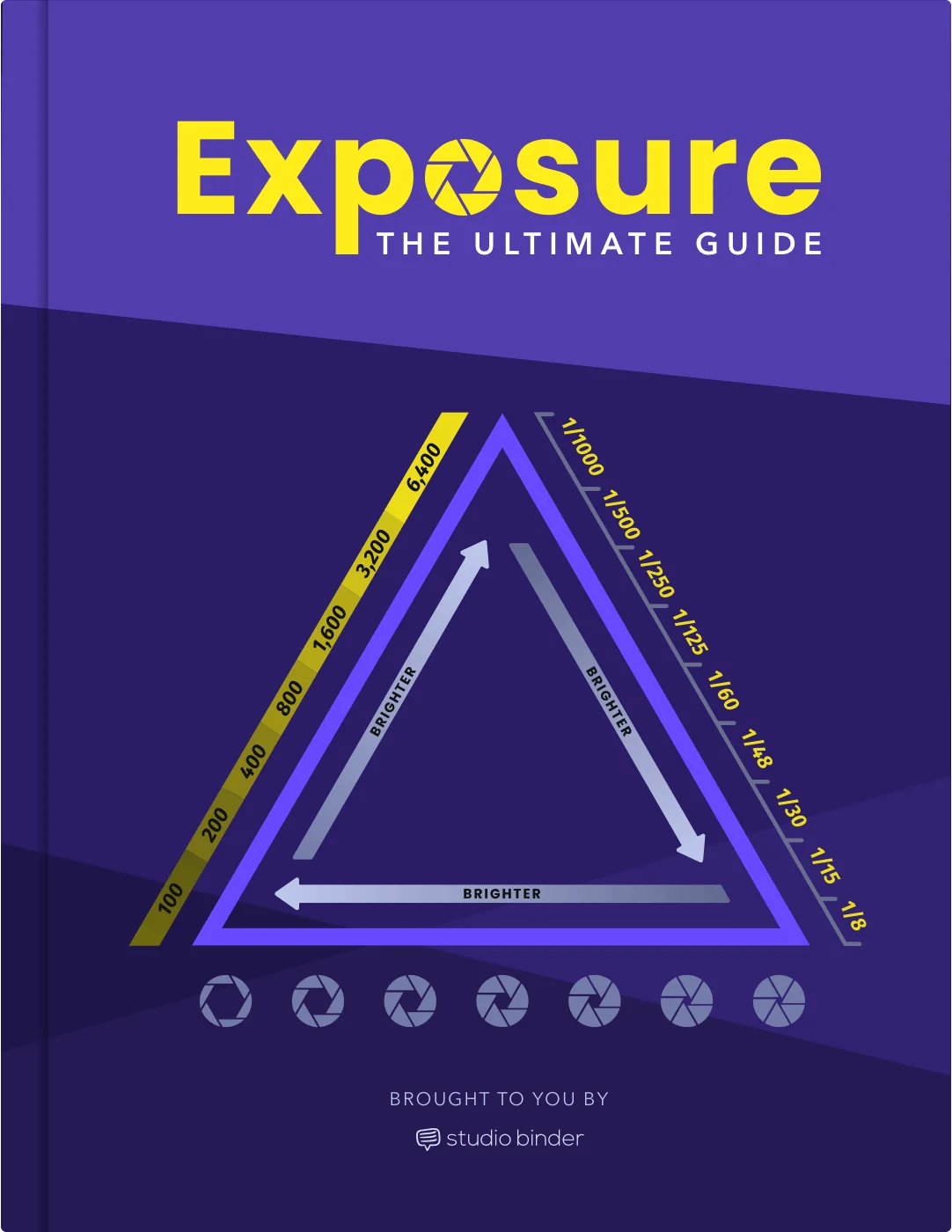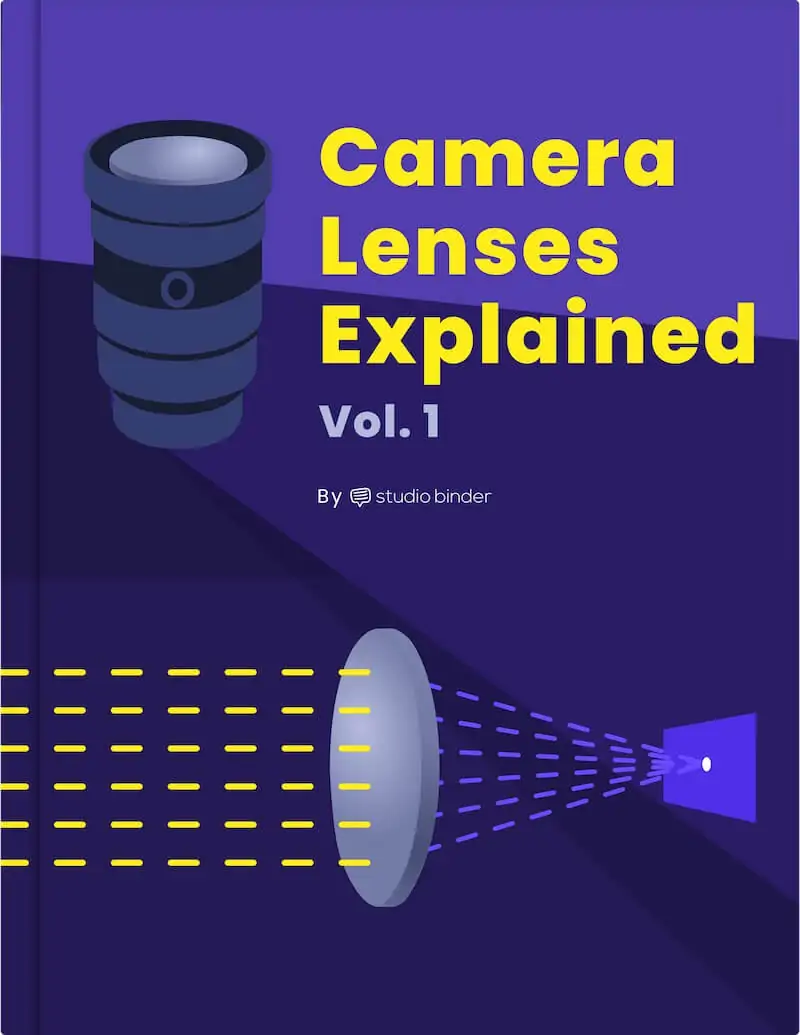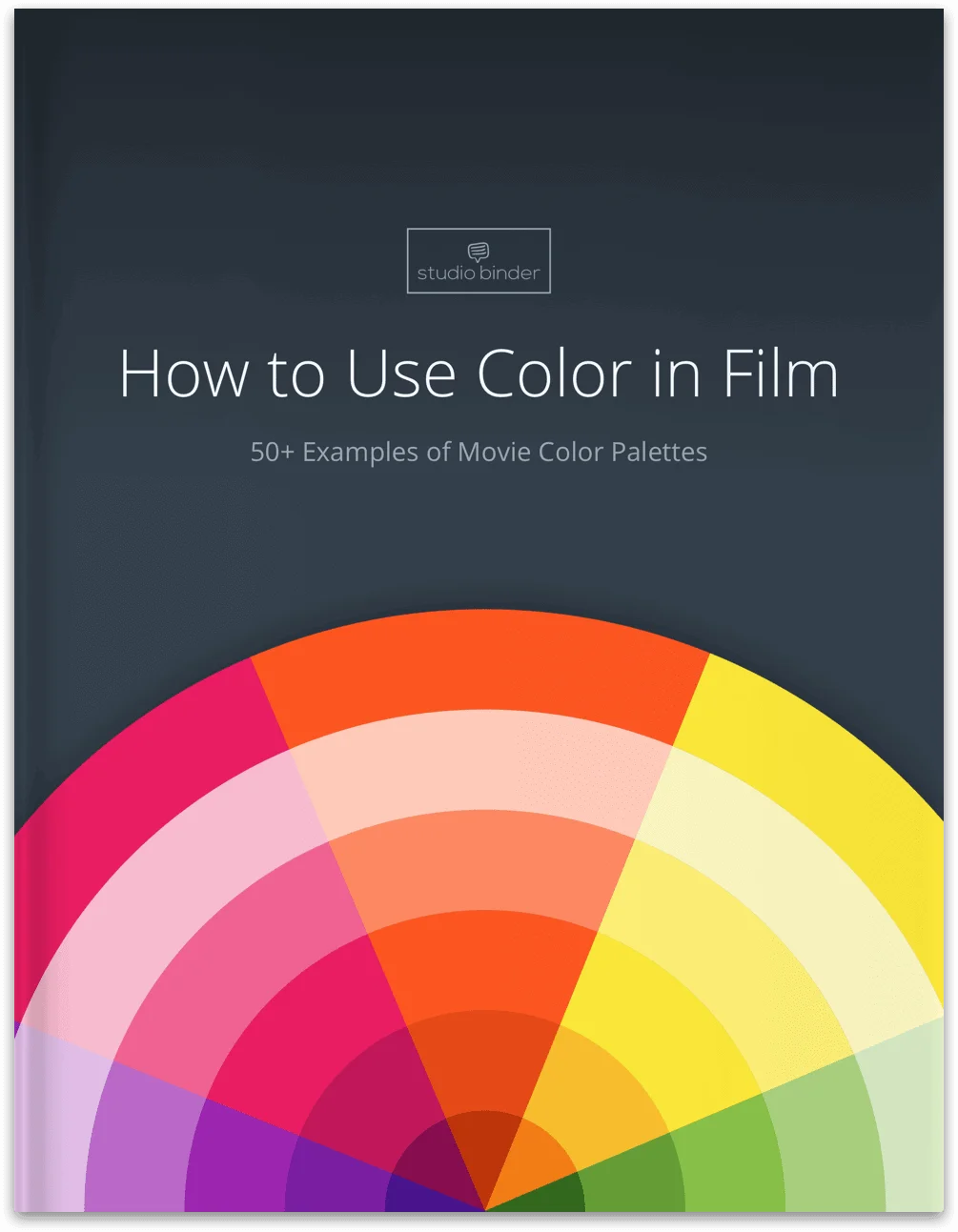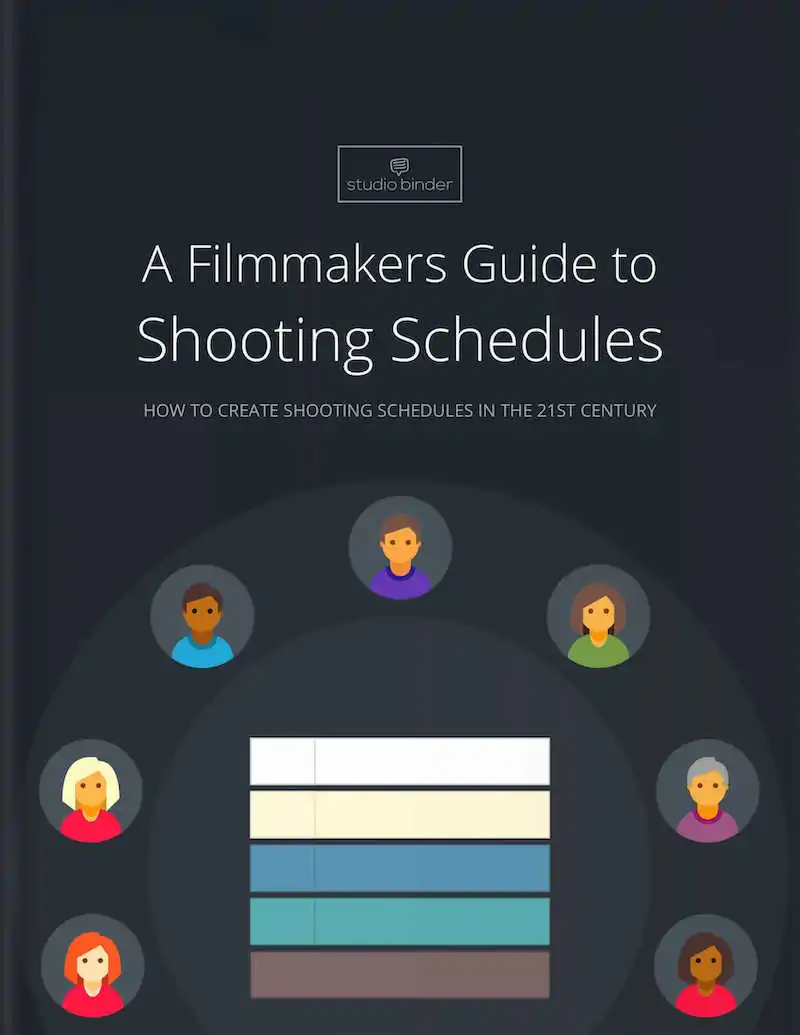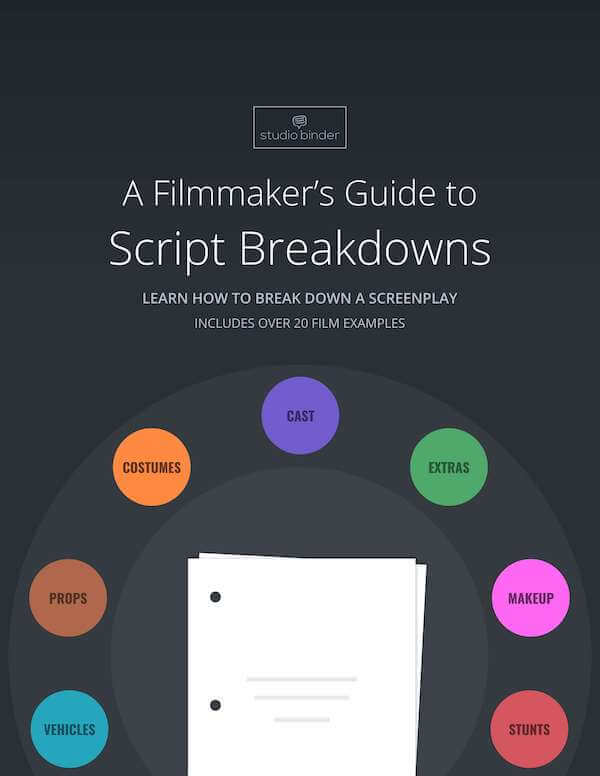Sentences are at the core of any language. We all speak them, but we might not know exactly how to label them. One of the most complex (if you will) sentence structures is the compound-complex sentence. Understanding what this type of sentence structure looks like will give you a firmer command of your writing. But first things first, what is compound-complex sentence structure? Continue reading What is a Compound-Complex Sentence Structure — Examples
Whether in a screenplay, poem, or short story, the voice of the writer often translates to the voice of your story. Depending on the situation, passive voice may suit a writer better than active voice, or perhaps the other way around. But how can you tell when to use one over the other? Keep reading for tips on how to spot the difference between active voice and passive voice, and suggestions for how to use them. Continue reading Active vs. Passive Voice — Differences and Usages Explained
A simple sentence is a fundamental tool of language. Don’t believe me? Each sentence I’ve used so far is a simple sentence. But what is a simple sentence? This doesn’t mean a sentence that isn’t complicated. There are many types of simple sentences and the structure has specific qualities which make it simple. Let’s take a look at what a simple sentence is, what it looks like, and how it’s used. Continue reading What is a Simple Sentence Structure — Examples and Tips for Writers
A complex sentence structure might sound daunting. What is a complex sentence structure? I’ve only just mastered the simple structure! Don’t worry — complex sentences aren’t as complex as their title makes them out to be. Let us guide you through the in’s and out’s of the complex sentence rules. Continue reading What is a Complex Sentence Structure — Examples and Tips
More often than not, most instructors will tell you that active voice is the key to strengthening your writing. What is important to understand though, is that using passive voice can actually be an asset of your craft, too. Read on to learn why properly using the passive voice can be a gamechanger for you. Continue reading What is Passive Voice in Writing — Definition, Examples & Tips
Though there is a strategy and time for passive voice, active voice is a telltale sign of strong writing. Switching to active voice can improve your efficiency and even your authority as a writer. How can you know for sure? Keep reading to find out how to spot active voice and how to implement it in your own writing. Continue reading What is Active Voice in Writing — Definition, Examples & Tips
You finally started writing that great screenplay idea and put words to paper. But all of a sudden you realize that you may have the foundation of your story, but not the details. This is not an uncommon problem. So we decided to address this uncommon problem and lay out tips that will help you learn how to develop a movie script and write a better story. Let’s dive in. Continue reading How to Develop a Movie Script — Characters, Structure & Goals
Imagine you arrive at an old abandoned warehouse to find everything covered in dust. But as you explore, you find a sparklingly clean thermos. You might guess that the thermos hasn’t been there for long, and that somebody might be exploring nearby. This is a valid inference. Or perhaps… the thermos has been trapped in time. This inference has no evidence to support its plausibility. Either way, they’re both inferences! But what does inference mean? We’re going to answer that question by exploring the history of the term alongside some examples. Lock in your final guesses now – let’s answer…
Irony Explained: The Ultimate Guide (FREE Ebook)A comprehensive and straightforward guide for any storyteller looking to wield the power of irony.We'll cover the various types of irony and their unique storytelling values so you can expand your writer's toolkit. What is IronyUnderstanding the various types of irony, you'll be able to write more complex and layered storiesThere are many literary devices available to writers and each has their particular strengths. Irony is an extremely powerful tool but in order to wield it, you have to understand it.This ultimate guide explains 12 different forms of irony to allow you to find the…
Martin Scorsese is widely considered one of the finest filmmakers of his or any generation. Of his long list of masterpieces, his enduring classic Taxi Driver remains one of the most beloved. One scene in particular has permeated the zeitgeist in a way few scenes manage to do: the iconic and oft-quoted “You talking to me?” scene. Watch our Taxi Driver analysis, where we took aim at the directorial decisions that led to the scene becoming so iconic. And in this post, we’ll be digging into the details of how the "You talking to me" scene was made from the…










